Fort Lawton
This Puget Sound military post has a long, turbulent history as a gateway to the Pacific.
In the 1890s, Seattle was looking to boost its economy, and the U.S. War Department wanted to boost its military presence in the Puget Sound region. As a result, the city donated 700 acres to the federal government to build a series of Army posts along the coast, including Fort Lawton, named for the renowned Army commander, Major General Henry Ware Lawton.
The first troops were stationed at Fort Lawton in 1901, and for a few decades it remained a small outpost with only a few hundred men. Then came World War II. By the 1940s, Fort Lawton was the second-largest port of embarkation for soldiers and materials in the Pacific theater. All told, over one million troops passed through the fort over the course of the war.
This meteoric rise in the number of American troops and POWs at the fort, combined with tensions rising from racial segregation, ultimately leads to one of the site’s most well-publicized incidents, the Fort Lawton Riot of 1944. In the course of one evening, African-American soldiers and Italian prisoners of war came to blows, resulting in serious injuries on both sides.
The morning after the riot, an Italian prisoner was found hanged to death. Despite limited evidence of their guilt, 44 African-American soldiers were charged with a variety of counts including riot and murder. Four of the defendants faced the death penalty. After the largest and longest court martial of the Second World War, 28 men were convicted, with some serving sentences as long as 25 years. More than 60 years later, the convictions of all 28 of all American soldiers were overturned, and the dishonorable discharges were replaced by honorable ones.
This historic site was almost forgotten. In 1964, the U.S. Department of Defense declared that 85 percent of Fort Lawton would be deemed military surplus and disposed of. After much citizen lobbying, the “Fort Lawton bill” was passed, allowing the land to be preserved for parks and recreation, eventually resulting in the creation of Discovery Park (named for George Vancouver’s ship HMS Discovery).
Before President Nixon signed the Fort Lawton bill, the United Indian People’s Council (later United Indians of All Tribes) laid claim to the land, citing an 1865 U.S. treaty which granted surplus military land to its original owners. Represented by 100 members of several tribes, the United Indian’s People Council called for the land to be returned to them so they could pursue a traditional way of life and establish a Native Americans center, university, school, and ecology center. Many celebrities help bring worldwide attention to the event, including actress Jane Fonda, and Grace Thorpe, daughter of the famous Indian athlete Jim Thorpe. In November 1972, an agreement was reached whereby the United Indians were granted a 99-year lease to build a cultural center in the park.
Today, visitors to Seattle’s Discovery Park can take a self-guided tour of the historic Fort Lawton grounds. Visitors will pass the military cemetery containing the grave of many American veterans. The fading yellow military buildings from the fort’s early days at the turn of the century are also still standing, including the officers’ and enlisted men’s homes, parade grounds, band barracks, chapel, and gymnasium.


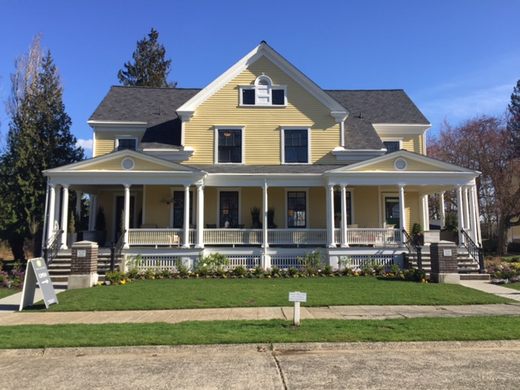

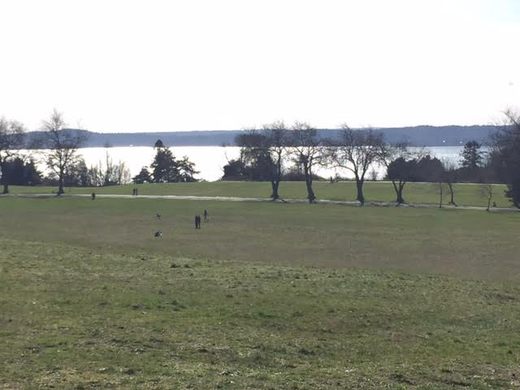

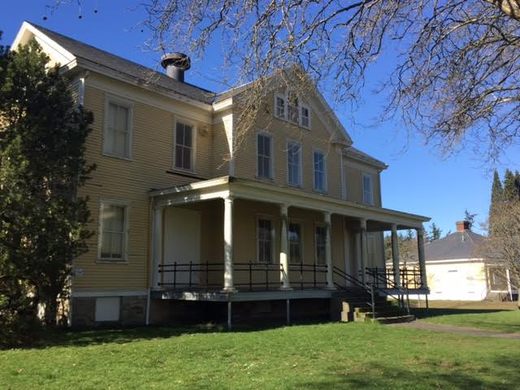
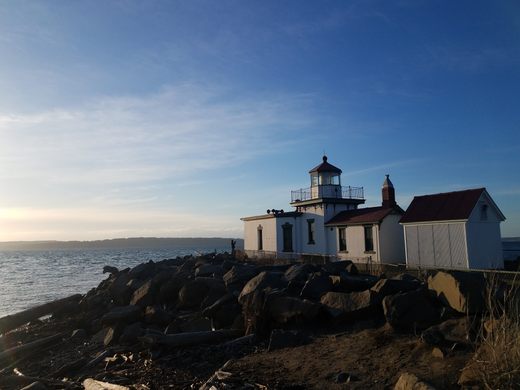









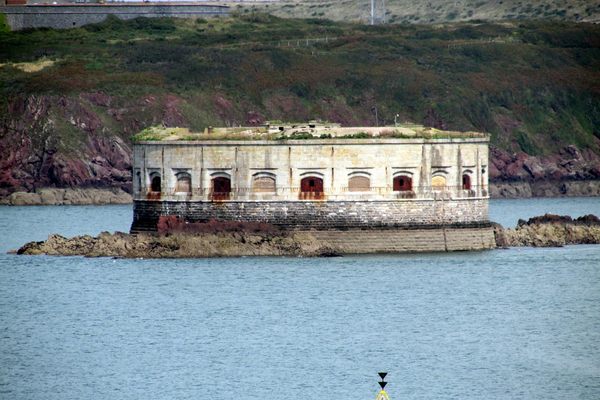
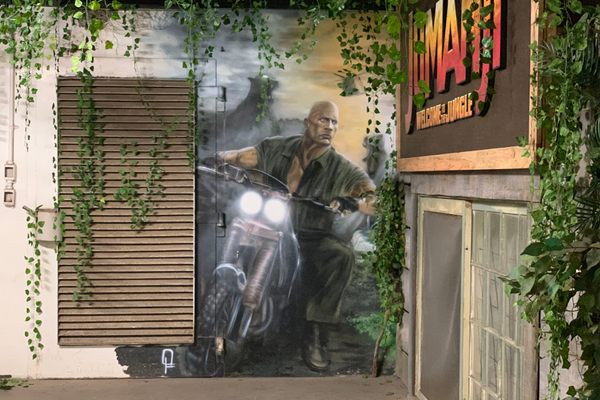


Follow us on Twitter to get the latest on the world's hidden wonders.
Like us on Facebook to get the latest on the world's hidden wonders.
Follow us on Twitter Like us on Facebook